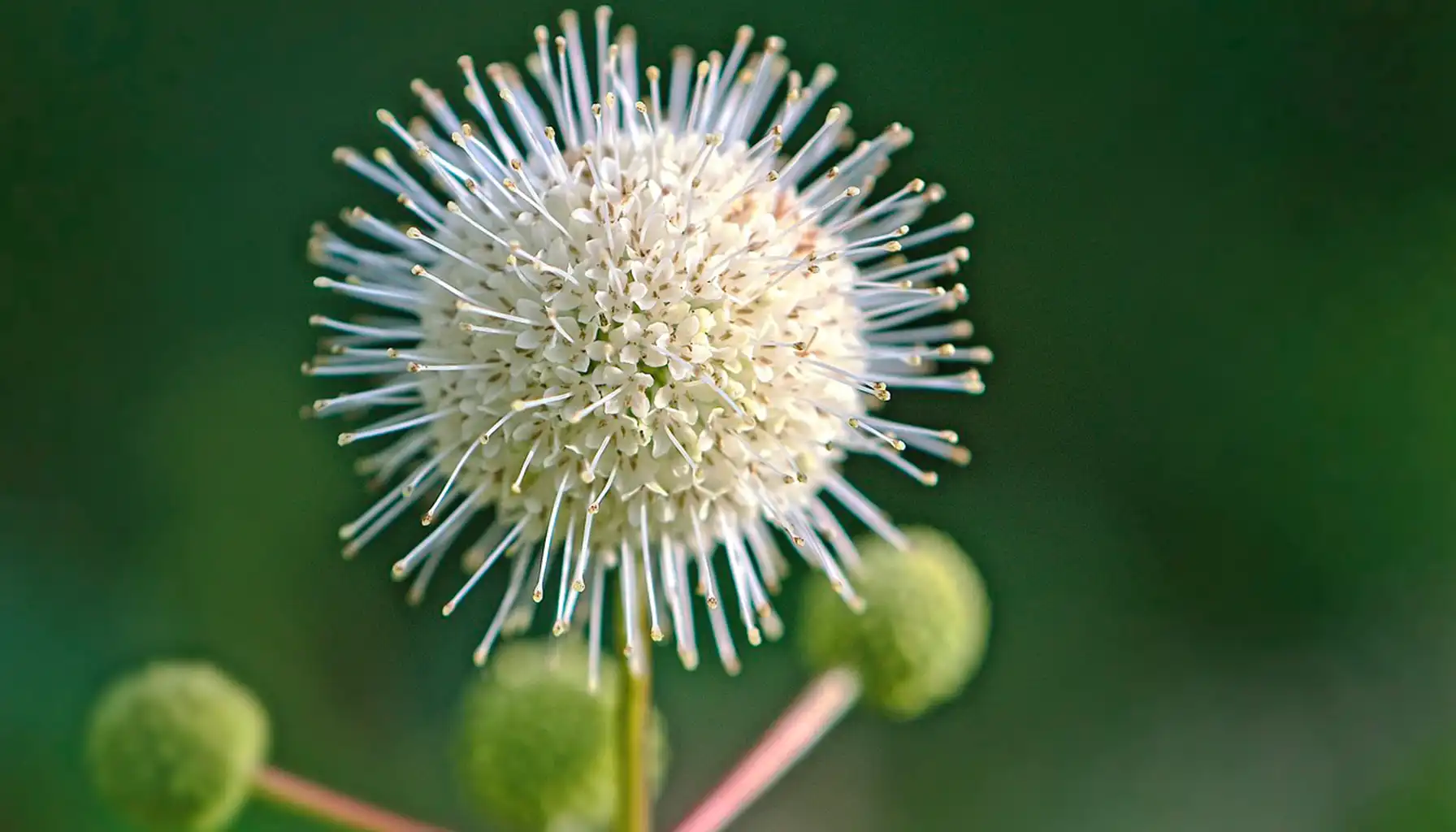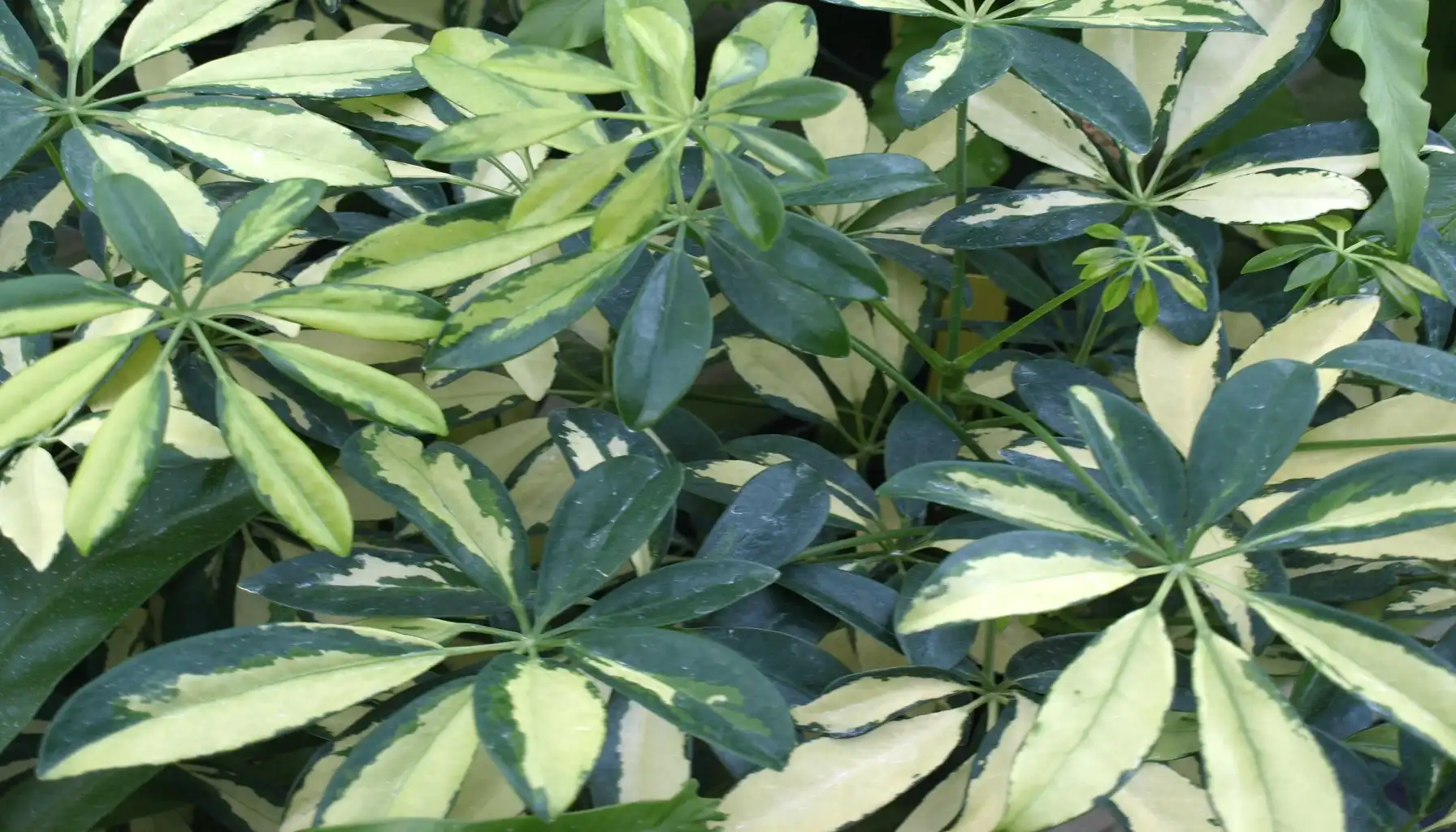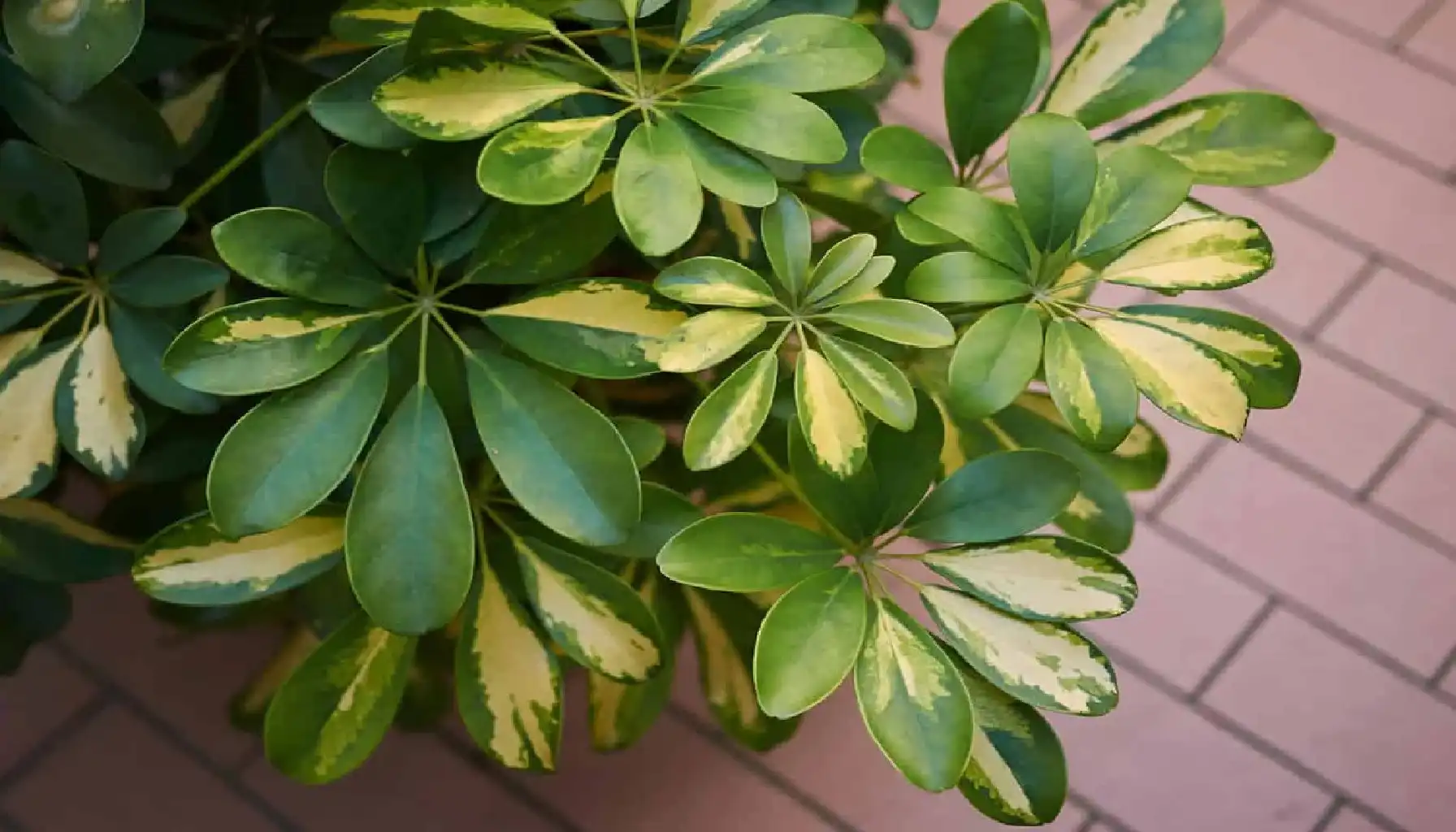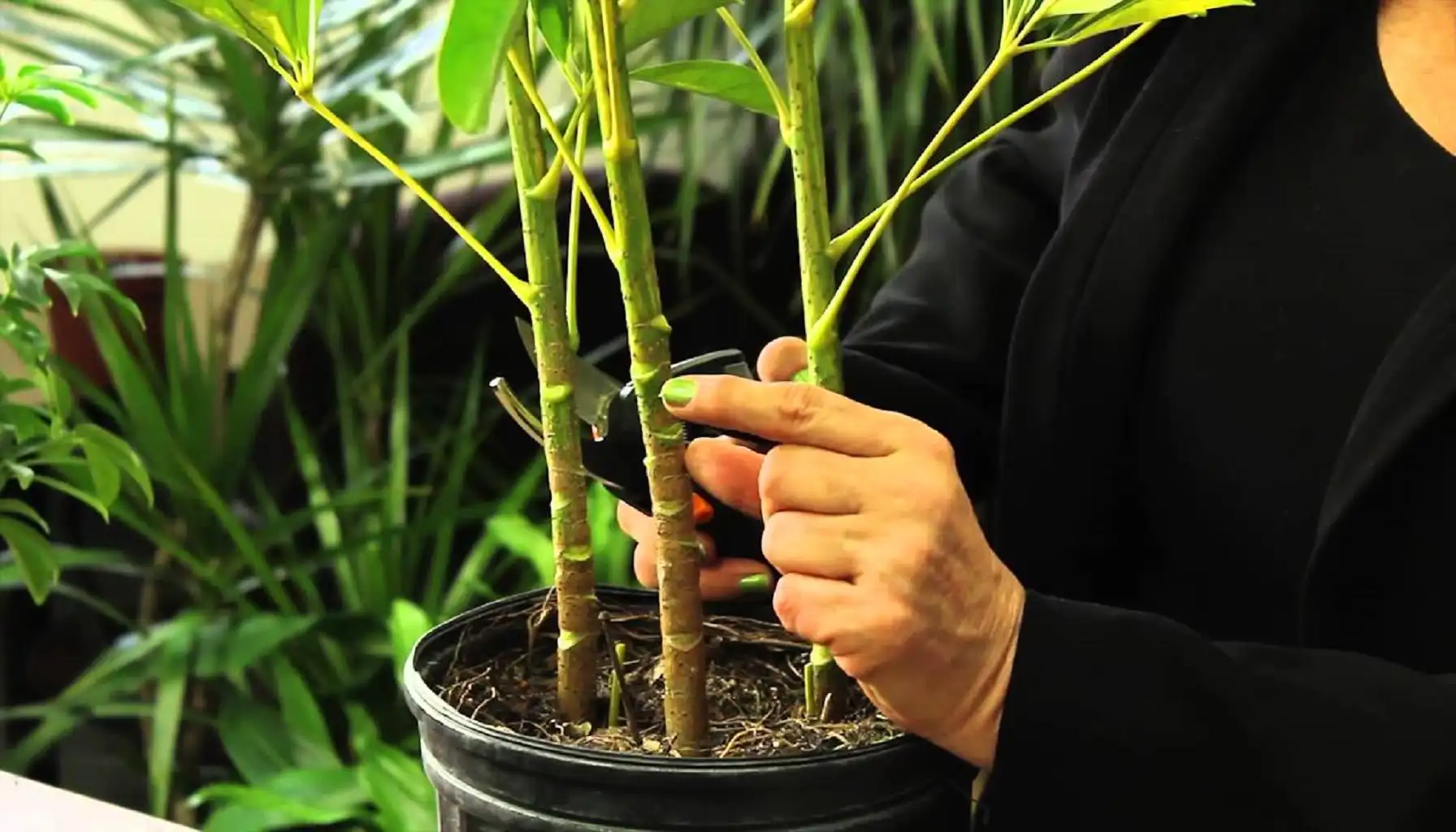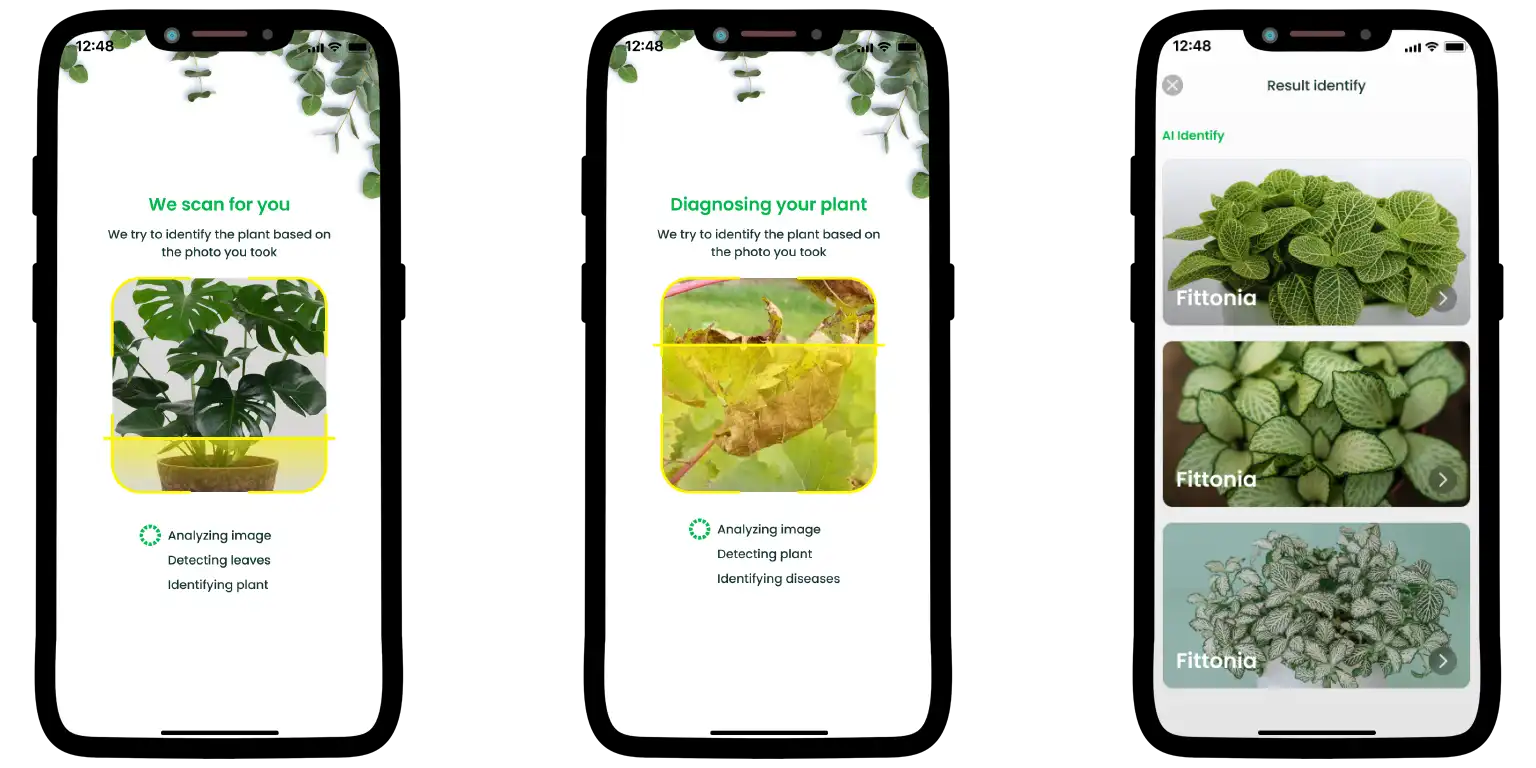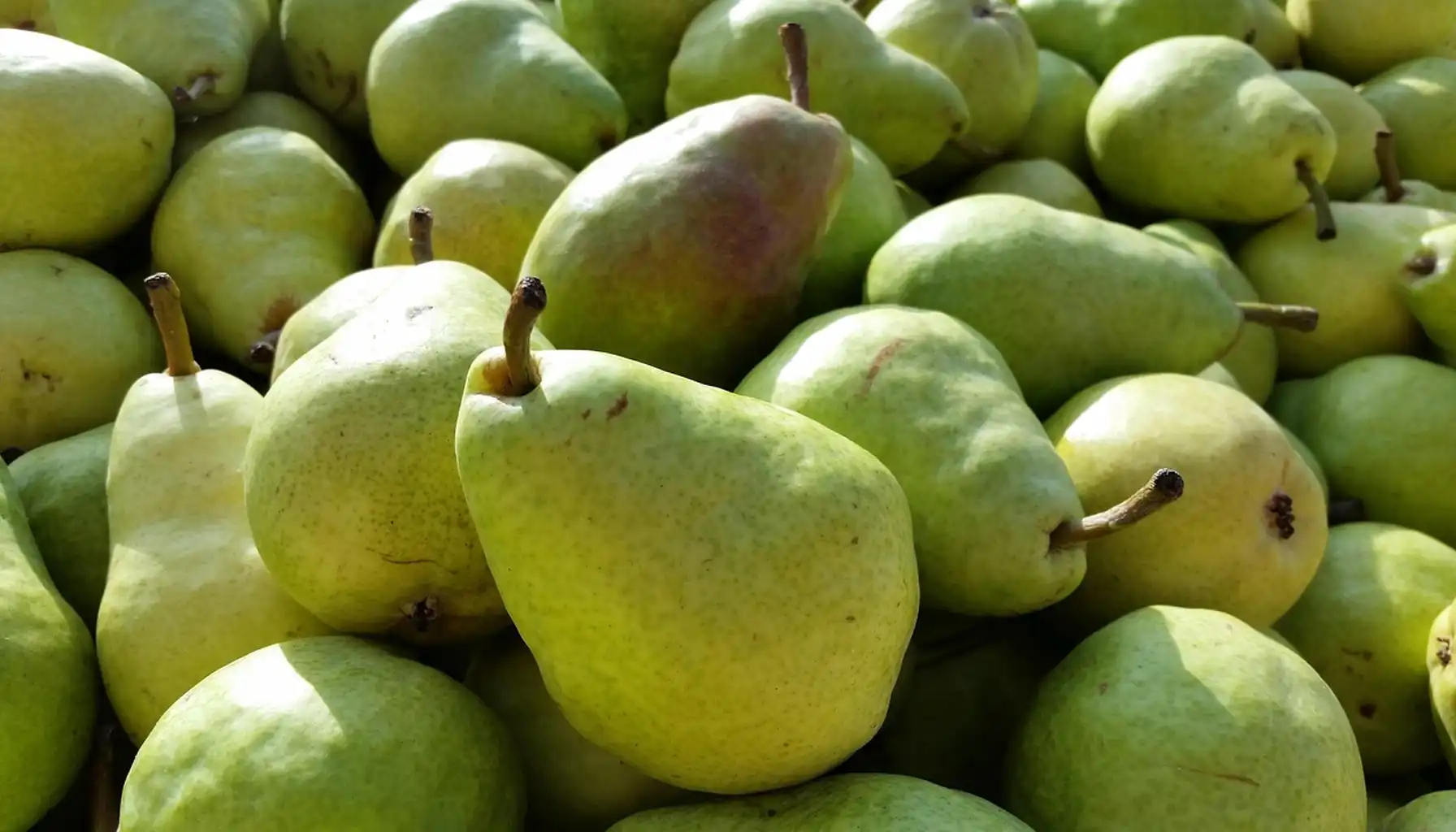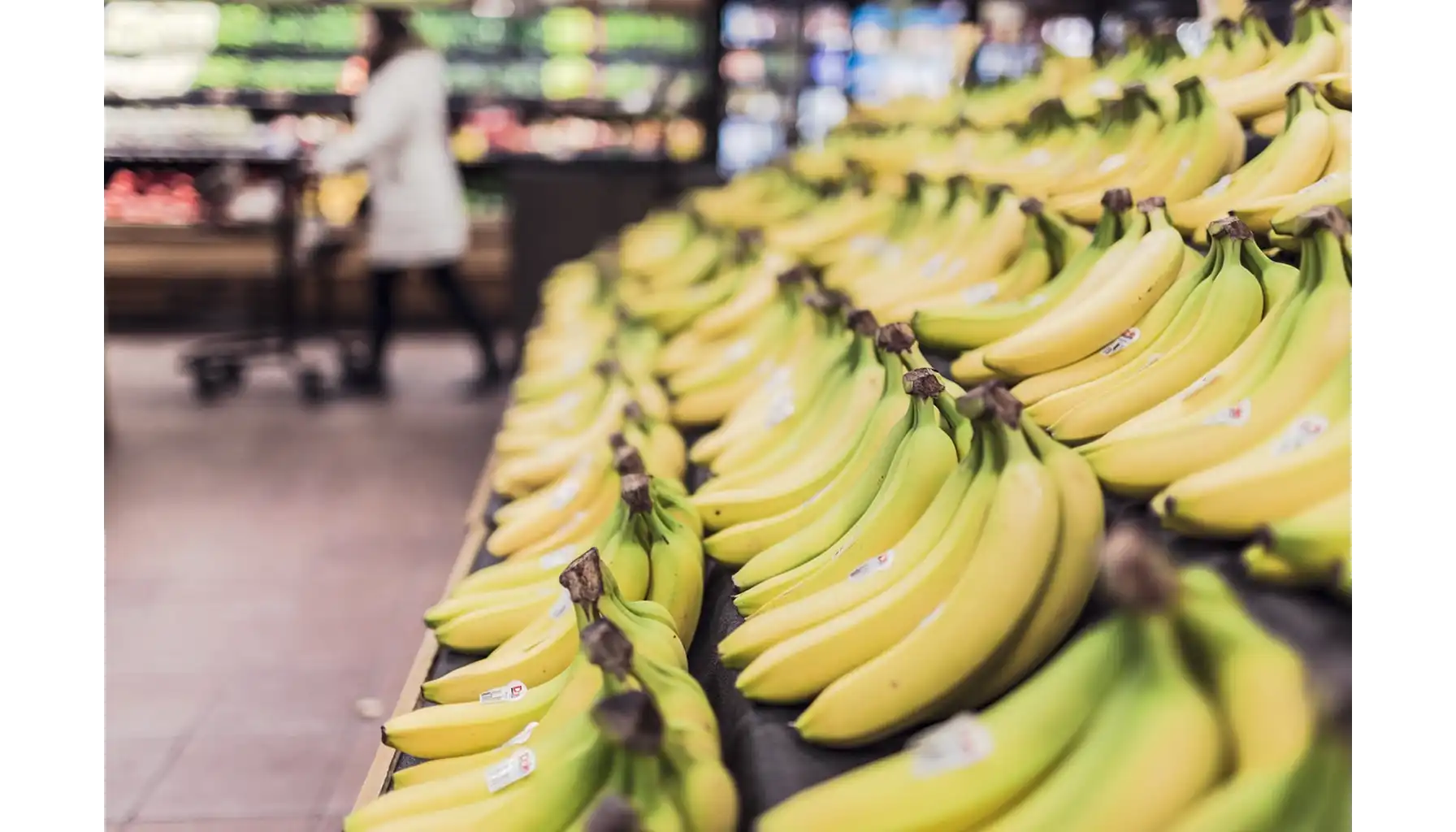Lush greenery is like a blessing that turns any space into a calming sanctuary, pleasing to the eye and soul. Those who strive to create such an atmosphere usually get overwhelmed by the amount of opportunities provided by the botany market. Nevertheless, there is one particular floral creation that can be both beautifully calming and beneficial for your health – the plant Schefflera.
Adaptable nature and graceful leaflets make this plant an ideal companion, which is not picky but resilient and easy to care for. So, what does this type of vegetation look like? Are there any Schefflera plant problems that should be thought over in advance? And how to identify this plant on the spot. This experience is going to change your gardening routine for good – promised.
What Is the Schefflera Umbrella Plant?
The Schefflera, or the umbrella plant, is a tropical evergreen that has earned its common name from its distinctive, hand-like leaves that spread out like the ribs of an umbrella. These days, the term "Schefflera" refers to an entire genus of dozens of plants, but modern taxonomy accepts only 13 species native to regions like New Zealand, Fiji, and Samoa.
Let us clarify: for modern gardeners, despite the facts presented above, "Schefflera" mainly refers to Heptapleurum arboricola, i.e., a close relative that shares the same leaf pattern.
The adaptability of this creation may fascinate: variegated Schefflera plants (as well as the rest) are highly adaptable and can grow in different indoor conditions. The age also plays a key role, for it affects the foliage appearance: the older it is, the more leaflets it has to exhibit. It is definitely a perfect choice for those who wish to incorporate a magnificent yet equally low-maintenance piece of nature into their garden.
The Main Characteristics |
Common Name | Umbrella Plant |
Botanical Name | Heptapleurum arboricola (formerly Schefflera arboricola plant) |
Plant Family | Araliaceae |
Native Range | Southeast Asia, Taiwan; the original Schefflera genus includes the Pacific islands |
Plant Type | Evergreen tropical shrub or small tree |
Growth Habit | Upright, branching, bushy (can be pruned) |
Height (Indoors) | Typically 2 to 8+ feet |
Leaf Structure | Compound leaves with 3–12 glossy, oval leaflets arranged like an umbrella |
Leaf Size | Up to 12 inches long |
Leaf Colors | Solid green or variegated |
Growth Rate | Moderate to fast in favorable conditions |
Pruning Needs | Occasional; promotes bushier growth and controls height |
Common Problems | Yellowing leaves, root rot, leggy growth, pest infestations |
Toxicity | Toxic if ingested (contains calcium oxalate crystals) |
Use | Indoor ornamental plant; sometimes grown outdoors in tropical climates |
Toxicity Potential
Not all the plants are safe to grow. Lush appearance and its beneficial traits conceal toxic compounds (e.g., calcium oxalate crystals), which are toxic to cats and dogs when ingested. If it happens, the symptoms of poisoning may include drooling, oral irritation, vomiting, and difficulty swallowing.
This is why it is always important to keep toxic plants far away from interested animals and children, for them not to ruin their health out of curiosity!
The Main Types to Consider
Although one may easily explore 13 accepted varieties, there are certain species that are considered the most popular, thanks to their unique features and outstanding appearance. These include:
Dwarf Schefflera (Heptapleurum arboricola): Perfect for tabletops or smaller rooms. It typically grows up to 3 feet tall and features smaller, glossy green or variegated leaves.
Variegated Schefflera: Known for its striking leaves edged with creamy white or yellow. It requires bright indirect light to maintain its vibrant colors and tends to grow a bit slower than its solid green counterparts.
Large Umbrella Tree (Schefflera actinophylla): Can reach impressive heights of up to 8 feet or more indoors.
Indoor vs. Outdoor Growing
As gardeners state, the Schefflera amate plant is a versatile creation that can be grown both indoors and outdoors. Nevertheless, there are some differences that may force one to choose one specific approach over another. Let us see.
Aspect | Indoors | Outdoors |
Growth Rate | Moderate; slower than outdoors | Faster, more vigorous with adequate sun and water |
Height Potential | Typically 2-8 feet indoors | Can reach 10-15 feet or more |
Container vs. Ground | Grown in pots; easier to move or repot | Can be grown in pots or directly in the ground |
Pruning | Needed to maintain shape and size indoors | Helpful to control size and encourage bushiness outdoors |
Pest Risk | Indoor pests like spider mites and mealybugs | May encounter outdoor pests like aphids or scale |
Toxicity Risk | Higher if pets are kept indoors | Still toxic, but lower pet exposure risk outdoors (if fenced) |
Maintenance Level | Low to moderate | Moderate; more frequent pruning and monitoring in open environments |
Ideal Growing Conditions
Your first and foremost goal as a gardener is to keep your Schefflera houseplant healthy and thriving, not to mention. However, to make it real, it is vital to mimic the habitat at home.
Light
Prefers bright, indirect light
Tolerates medium light, but growth may slow down
Avoid direct sunlight, especially midday, to prevent leaf scorch
Variegated types need more light to retain vibrant coloring
Temperature
Ideal range: 60 to 75°F (15 to 24°C)
Not frost-tolerant; keep above 50°F (10°C)
Cannot survive severe temperature fluctuations
Best suited for USDA Zones 10–12 outdoors
Soil
Use well-draining potting mix (preferably with peat and perlite)
Avoid compacted or overly moist soil
For outdoor planting, ensure good drainage or use raised beds
Slightly acidic to neutral pH is a perfect match
Related article: Regulations of Soil: How Does pH Level Affect Plant Growth
Humidity
Prefers moderate to high humidity
Tolerates average indoor levels, but thrives with extra moisture
Mist leaves occasionally or use a humidity tray
Grouping with other plants can help boost humidity levels naturally
Watering, Feeding & Fertilizing
In order to keep a plant healthy, one should provide it with the right balance of moisture and nutrients. Here is how to care for the umbrella plant Schefflera appropriately:
Watering Water moderately and let the top inch (2 to 3 cm) of soil dry out between waterings Avoid overwatering (this can lead to root rot) Use room-temperature water to avoid shocking the roots Reduce frequency in the winter months Make sure the pot has drainage holes to prevent standing water
| Feeding & Fertilizing Feed monthly during spring and summer Use a balanced liquid fertilizer, diluted to half-strength Skip fertilizing during fall and winter Avoid overfertilizing, for this can cause leaf burn or salt buildup in the soil Flush the soil occasionally (every 2 to 3 months) to remove excess minerals
|
See also: How Often Should You Water Your Plants? A Seasonal Guide
How to Prune a Schefflera Plant?
Should you wish to maintain the shape of the plant, it is necessary to understand the process so as not to harm the organism and make this experience as effective as possible.
Step 1: Choose the Right Time
Prune during the active growing season, i.e., in spring or early summer. Light trimming of dead or damaged leaves can be done year-round, though.
Step 2: Gather Your Tools
Use a pair of clean, sharp pruning shears or scissors. This should prevent the potential spread of disease and ensure clean cuts.
Step 3: Identify What to Trim
Look for:
Leggy or overly tall stems
Yellowing, damaged, or dead leaves
Areas where you want to encourage branching or shape the plant
Step 4: Make the Cuts
Cut just above a leaf node (where a leaf attaches to the stem)
Remove no more than one-third of the plant at a time to avoid stress
For a bushier shape, pinch or cut the tips of young stems to encourage side shoots
Step 5: Clean Up and Monitor
After pruning:
Remove trimmed debris from the soil surface
Water lightly
Place the plant in bright, indirect light to support recovery
Expect the new growth in the following weeks
Schefflera SOS? There Is an App for That
Even the most attentive plant owners can get overwhelmed at times. And yes, it is ok to long for help when confused and not sure about what to do next. The age of digital technologies has something to offer: an innovative application that may work as your personal botanist 24/7 – AI Plant Finder.
At the core of the features is its identification tool. It does not really matter what you need to identify, be it a plant proper or a health problem that needs instant action. Just snap a photo, and the app will identify your plant or detect possible issues, supported by relevant treatment suggestions, preventive care tips, and watering guidelines, all suitable to your plant’s specific needs.
Use the My Garden Tool to set smart reminders for watering, pruning, or rotating. Get even more professional and refer to the Water Calculator to learn how much water your Schefflera needs, based on your pot type and room conditions. If you happen to be unsure about light levels, the Light Meter will measure them using your camera to ensure your plant’s getting just the right amount of brightness. All's well that's planned well.
The health of the garden starts with awareness. Take care of what you tame and celebrate the progress as the plants thrive!
AI Plant Finder Related Posts:
